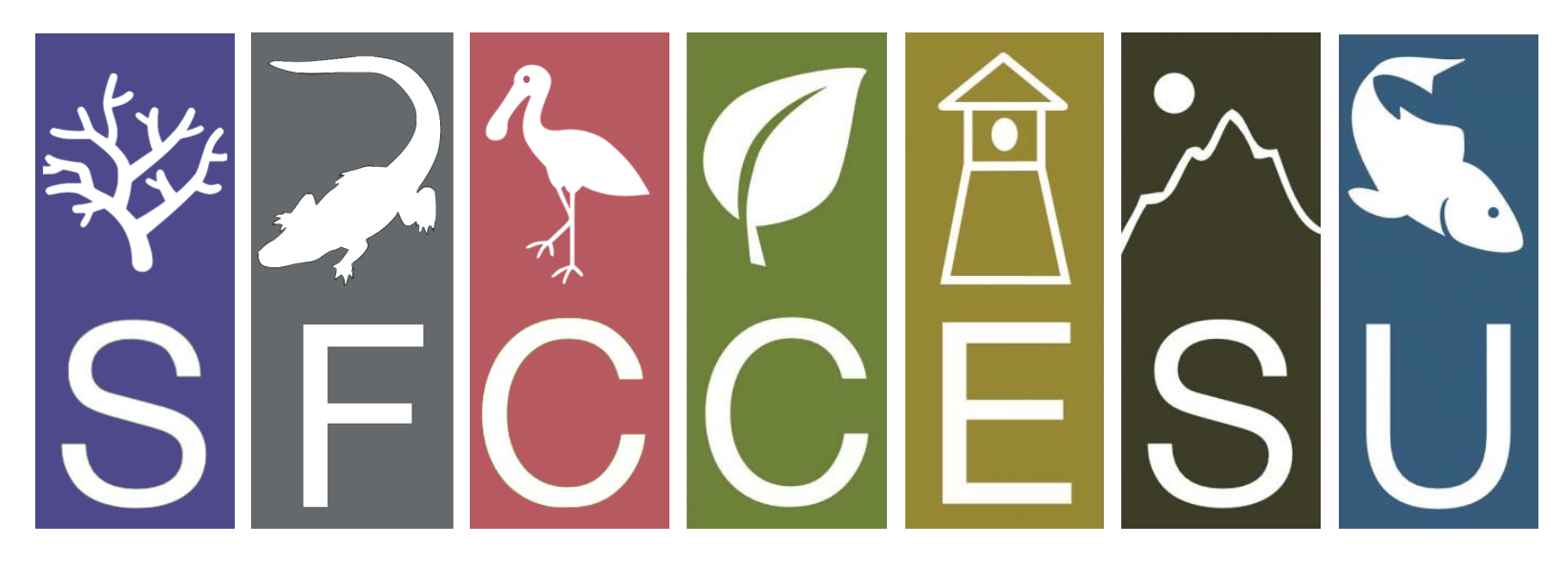General Information
*Issue Date: 23 March 2020
*Application Date: 23 April 2020
*Funding Opportunity No: W81EWF-20-SOI-0015
Federal Awarding Agency: U.S. Army Corps of Engineers, Engineer Research and Development Center 3909 Halls Ferry Road Vicksburg, MS 39180-6199
CFDA No: 12.630
Statutory Authority: 10 USC 2358
Issue Date: 23 March 2020
Statement of Interest/Qualifications Due Date: 23 April 2020, 1600 hrs, Central
Full Application Package Due Date, if Invited: 13 May 2020, 1600 hrs, Central
Estimated Award Ceiling: Approximately $91,690.00 is expected to be available to support this project for one (1) year.
Estimated Total Program Funding (optional): Additional funding may be available for work in subsequent fiscal years up to 4 years at $91,690.00 per year for a total of $458,450.00 over 5 years.
Expected Number of Awards: The government may issue more than 1 award from this announcement.
Opportunity Description
Background: The Water Resources Development Act (WRDA) of 2000 authorized the Comprehensive Everglades Restoration Plan (CERP) as a framework for modifications and operational changes to the Central and Southern Florida Project needed to restore the South Florida ecosystem. Provisions within WRDA 2000 provided for specific authorization for an adaptive assessment and monitoring program. The CERP Monitoring and Assessment Plan (MAP) was developed as a framework for measuring and understanding system responses to CERP, determining how well CERP is meeting its goals and objectives, and identifying opportunities for improving the performance of CERP where needed.
Throughout the current managed system, the pre-drainage, patterned mosaic of sawgrass ridges, sloughs and tree islands in the Greater Everglades wetlands ecosystem has been substantially altered or reduced largely as the result of human alterations to the historic ecological processes that sustained the landscape patterns. The general goals of CERP restoration are to stem, and possibly reverse this degradation of the ridge and slough and tree island landscape through redirecting flows now released unused to the ocean and the gulf into these critical habitats. The MAP presented an overarching monitoring framework for guiding restoration efforts throughout the entire process and requires not only a comprehensive assessment of the current state of the ecosystem and assessment of restoration endpoints (targets), but ongoing monitoring and evaluation throughout the process that will aid the implementing agencies in optimizing operational procedures and project designs. This project integrates with on-going ridge and slough work to provide a complete integrated assessment of the ridge, slough, and tree island system. Full implementation of this monitoring design will not only enable a holistic assessment of the current ecosystem but will provide the data needed for adaptive management and evaluation model validation.
Brief Description of Anticipated Work: This project should be designed to address the needs identified in the Greater Everglades wetlands performance measures: (1) Wetland Landscape Patterns – Ridge-Slough Community Sustainability; and (2) Wetland Landscape Patterns – Marl Prairie Cape Sable Sparrow Habitat. Specifically, the project will address the Greater Everglades Wetland Landscape and Plant Community Dynamics hypotheses: (1) ridge and slough micro-topography in relation to organic soil accretion and loss; (2) ridge and slough landscape pattern in relation to microtopography; and (3) plant community dynamics along elevation gradients as water depths and thus hydroperiods change.
Objectives:
Objective 1: To determine extant reference conditions for each of the performance measures listed above (including variability of those measures in time and space).
Objective 2: To establish present status of landscape performance measures throughout the central Everglades, particularly in areas of historic ridge-slough landscape patterning, identify spatial and temporal trends of those performance measures, and quantify their relationships to the present hydrologic regime.
Objective 3: To detect unanticipated changes in ecosystem structure and processes that result from hydrologic management or manipulation, CERP restoration activities, or climatic variation.
Objective 4: To provide data in support of scientific studies of inter-relationships among vegetation, microtopography, and hydrologic regime that may provide insight into the causes of unanticipated ecosystem responses.
Award Information
Responses to this Request for Statements of Interest will be used to identify potential investigators for studies to be sponsored by the Jacksonville District and the Engineer Research and Development Center to provide information related to landscape patterns in the Everglades. The estimated level of funding for FY20 is approximately $91,690.00. Additional funds of $91,690.00/year for four additional years may be available, providing the potential funding of $458,450.00 over five years to the successful Recipient/Awardee. Depending on findings in the early years of this effort, funding needs may increase above the anticipated $91,690.00/year in subsequent years of this project; however, total funding will not exceed $658,450.00 over the life of this cooperative agreement.
Government Involvement: The USACE will participate in study site selections, design, and work plan development. USACE will participate in field data collection efforts as appropriate, will review quarterly status reports, and will provide input to data interpretation for final reports, as well as review annual and final reports. USACE will incorporate the data and analysis into a system-wide database that assesses and evaluates ecosystem restoration efforts in central and southern Florida. Scientific and technical information generated from the project will be utilized to evaluate project/restoration performance and system responses to be used in the development of assessment reports describing and interpreting those responses.
Eligibility Information
1. This opportunity is restricted to non-federal partners of the South Florida Caribbean CESU Unit.
2. Cost Sharing – This action will be 100% funded by USACE.
Application Process
See attachment for application information and further details.
